
Fundamentals of Solidarity
Coalitions amongst people of color are essential for building political power—particularly as resources and influence fall along lines of race and ethnicity. In “Fundamentals of Solidarity: Race Based Caucus Organizing in Houston,” I consider how Black organizers-built solidarity with each other and with the staff of Houston in Action (HiA).
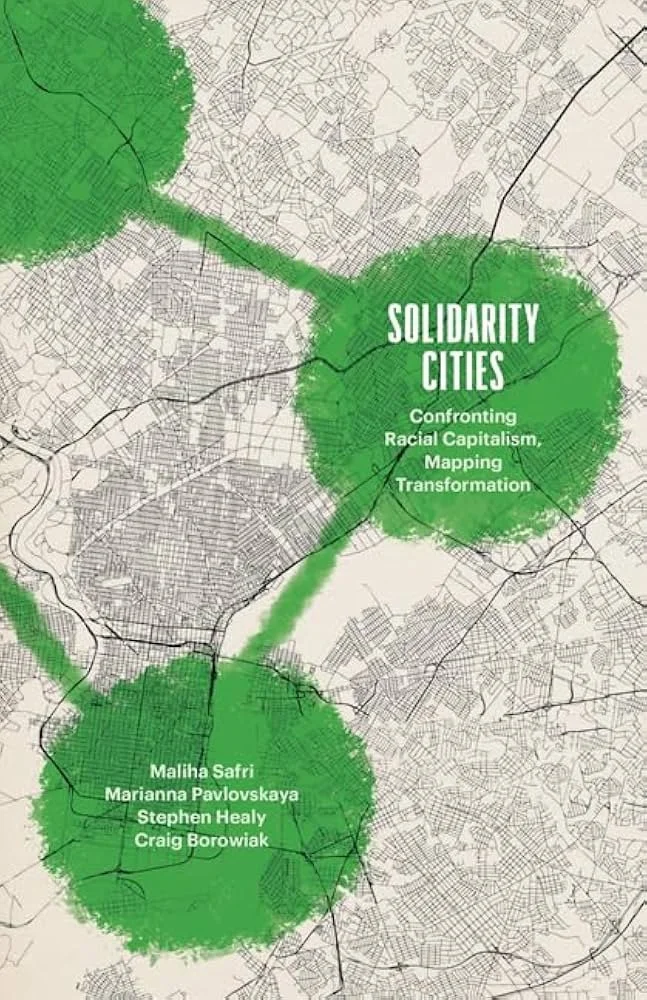
New Books: Solidarity Cities
Featuring Maliha Safri, Marianna Pavlovskaya, Craig Borowiak, and Stephen Healy, authors of Solidarity Cities: Confronting Racial Capitalism, Mapping Transformation, published by University of Minnesota Press. Solidarity Cities explores the diverse practices of cooperation and mutual support as alternatives to racial capitalism through case studies of Philadelphia, Worcester, MA, and New York City.

Social and Political Pillars of Police Diversity
Police officers serve a public service role, as highlighted by scholarly literature on street-level bureaucracy. Thus, it matters whether police departments represent the social characteristics of communities. In socially diverse cities, police diversity promises to facilitate police–community interactions. However, to what extent are US police departments diversifying their personnel?

New Books: Not in My Gayborhood!
From UAR’s new series, featuring Theodore Greene, author of Not in My Gayborhood! Gay Neighborhoods and the Rise of the Vicarious Citizen, published in 2024 by Columbia University Press. This book explores “gayborhoods” in Washington, DC, where Greene investigates how neighborhoods retain their cultural identities even as their inhabitants change.

New Faces, Changing Spaces
The relationship between gentrification and policing is not new. Prior research has demonstrated increased policing in gentrifying neighborhoods, at times, driven by citizen demand. But data constraints have limited the ability to determine the source and characteristics of citizen calls to the police. Moreover, there are many important debates around what explains this increased demand. Conventional wisdom argues that increased demand by gentrifiers is simply a response to their exposure to greater crime when moving into previously disinvested spaces. However, substantial qualitative evidence finds that this demand is often a response by gentrifiers’ to perceived disorder in their new neighborhoods, and in particular, privileged whites’ response to more ethno-racial diversity within neighborhoods. My article evaluates these explanations and more broadly, the nature of demand for policing in gentrifying contexts in order to understand how privileged citizens wield power in gentrifying areas and how this shapes their interactions with local government.
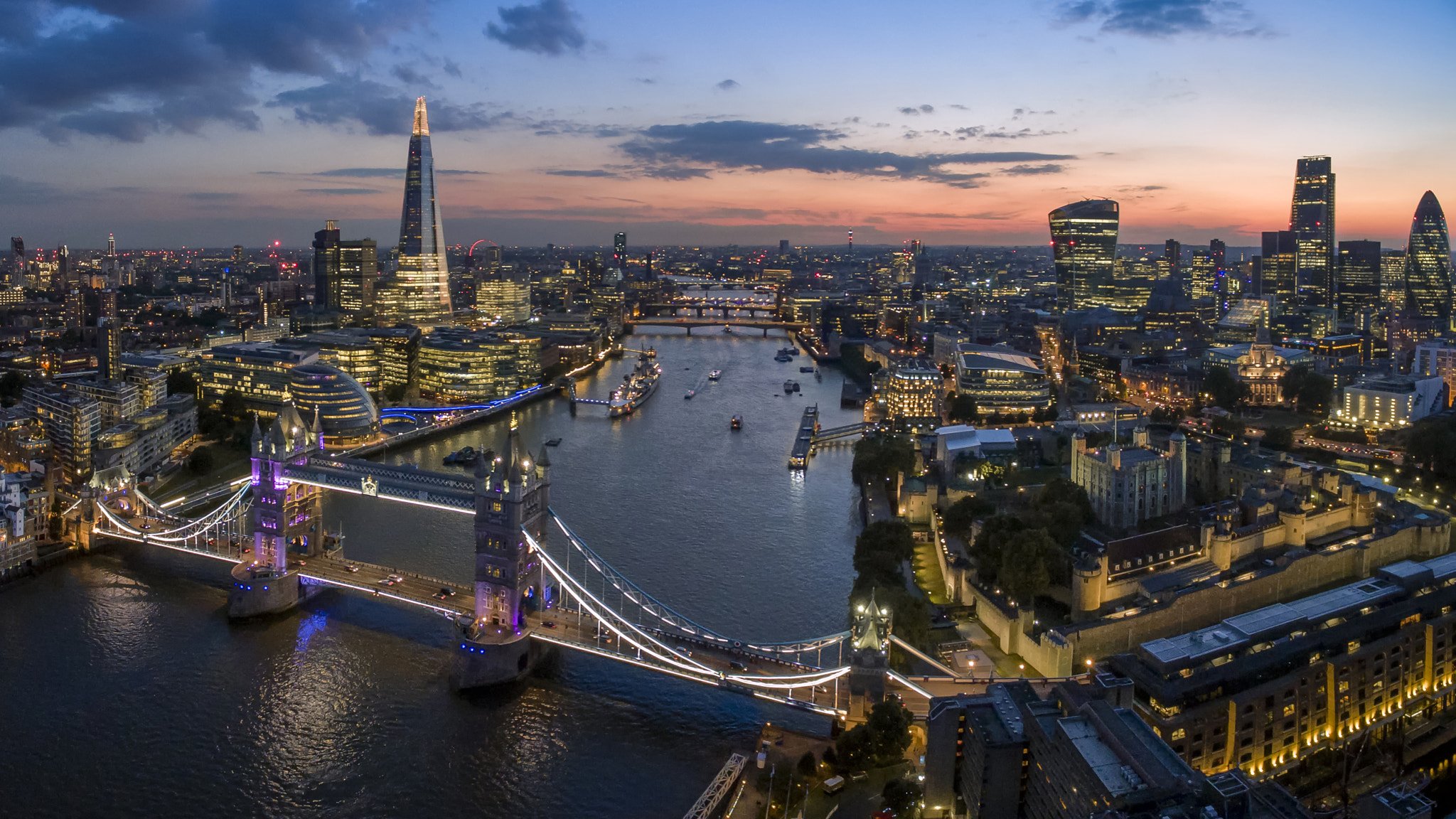
60.6
Issue 6 of our anniversary volume features an introductory essay by managing editors Christina Greer and Tim Weaver. Featuring Zoltan Hajnal and Jessica Trounstine's 2013 article, “What Underlies Urban Politics? Race, Class, Ideology, Partisanship, and the Urban Vote,” along with a new essay by Hajnal and Trounstine reflecting on their influential work today.

Trends and Characteristics of U.S. Metropolitan Neighborhood Integration, 2000-2020
Integration, arguably one of the primary goals of the Civil Rights Movement, has become a topic of renewed interest among scholars as a means of promoting racial, ethnic, and socioeconomic equity in the United States. Dr. Elizabeth Anderson in particular argues that integration “consists in comprehensive intergroup association on terms of equality.” Conceptions of integration like this represent a more expansive understanding of integration than how most researchers measure it and likely how most of us understand it.
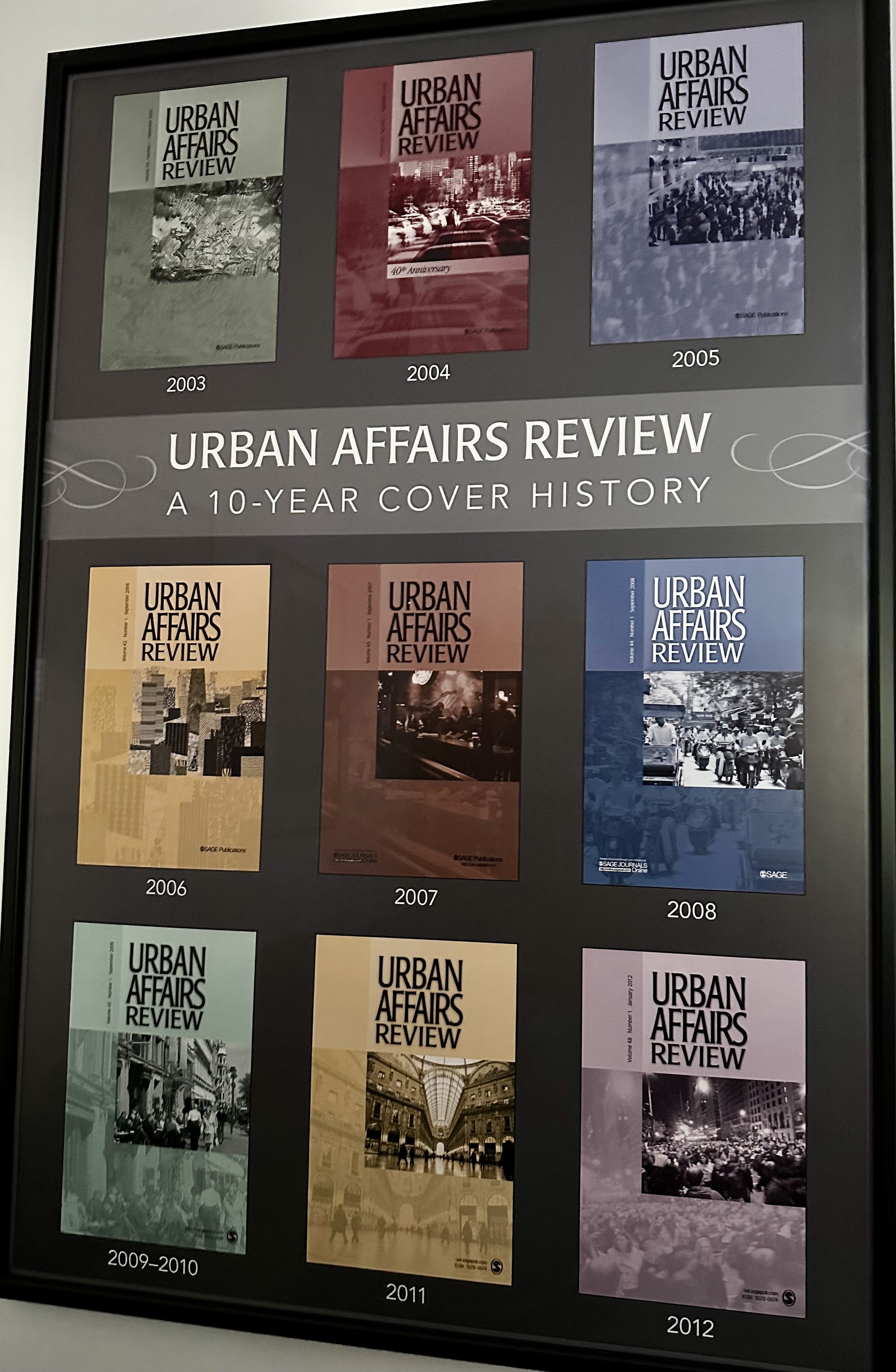
60.5
Issue 5 of our anniversary volume features an introductory essay by managing editors Maureen Donaghy (Rutgers University-Camden) and Yue Zhang (University of Illinois-Chicago). Featuring Jefferey Sellers’ 2005 article, “Re-placing the Nation,” along with a recent essay by Dr. Sellers on urban comparative politics. We’re also pleased to share a wonderful essay by former UAR editors Susan Clarke and Michael Pagano that reflects on their long tenure as editors and the changes in the field.
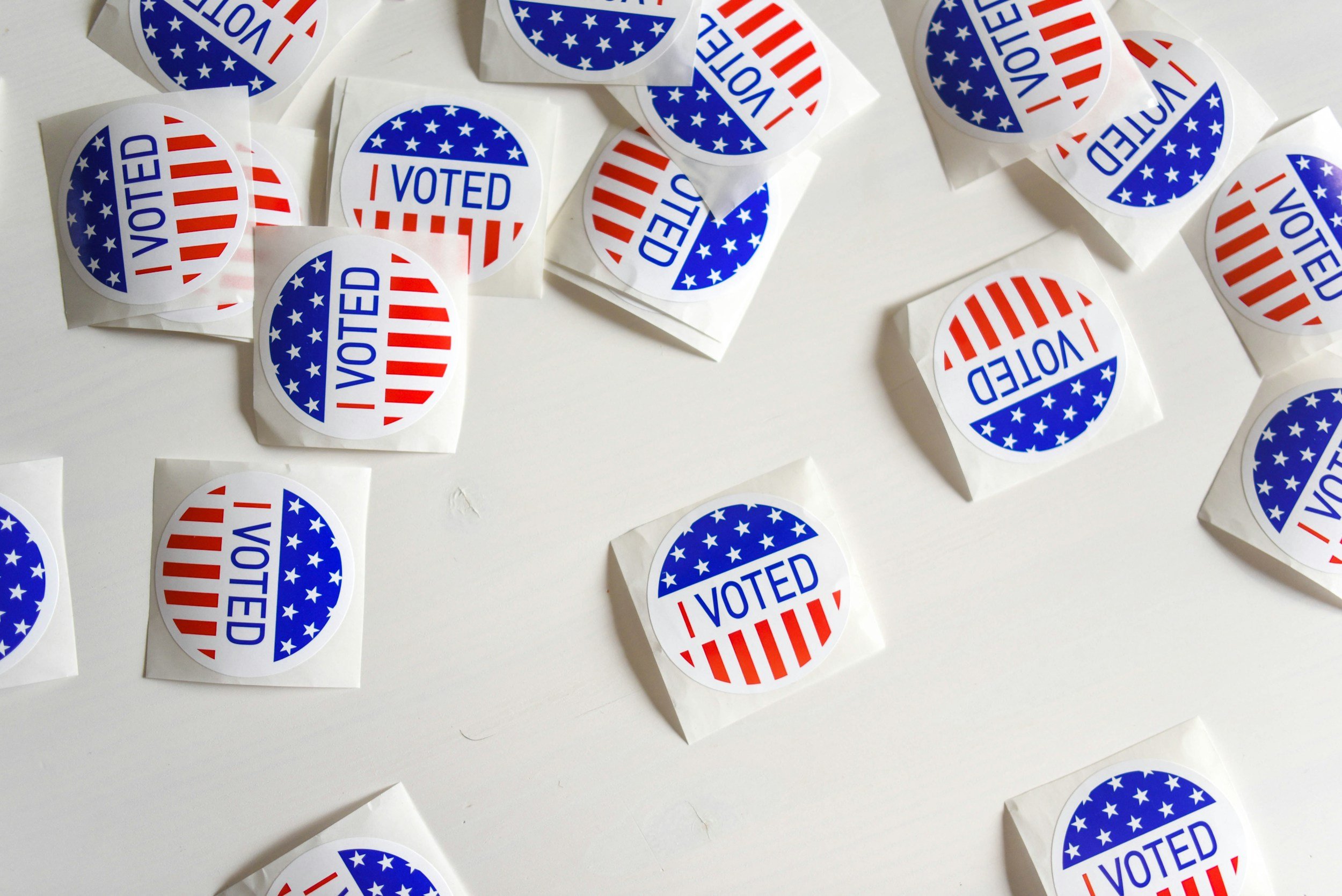
UAR Reading List: Gender, Race, and Electoral Politics
Following this weekend’s announcement that President Biden would not seek election, and the all-but-certain nomination of Vice President Kamala Harris secured for the Democratic Party, we assembled a reading list from the UAR archive. These articles address the issues of gender, race, and electoral politics (and their intersections) through the lens of urban studies and draw on a diverse range of methods. As the presidential election approaches, we hope to continue building out this list and solicit new research to examine these themes.
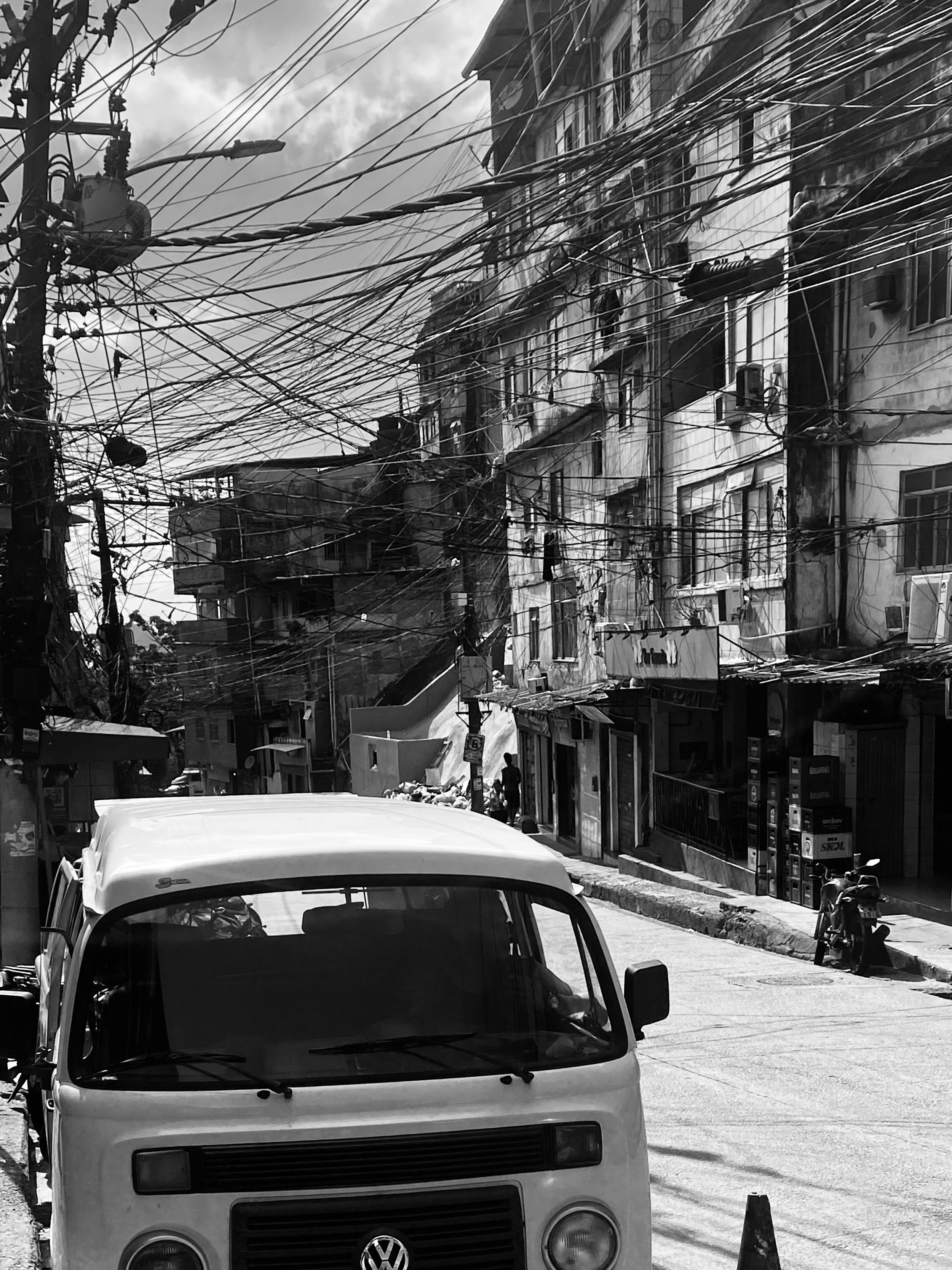
60.4
Issue 4 of our anniversary volume features an introductory essay by managing editors Maureen Donaghy (Rutgers University-Camden) and Yue Zhang (University of Illinois-Chicago). We revisit Larry Bennett’s “Harold Washington and the Black Urban Regime,” which was published in Urban Affairs Review in 1993.

60.3
Issue 3 of our anniversary volume features an introductory essay by managing editors Christina Greer (Fordham University) and Tim Weaver (University at Albany). We revisit Elinor Ostrom’s “The Social Stratification-Government Inequality Thesis Explored,” which was published in Urban Affairs Review in 1983.

A Grassroots Alternative to Urban Shrinkage?
The struggle to revitalize America’s Rust Belt has been going on for so long that it’s hard to find anyone alive who lived during its heyday when it was the epicenter of American industrial capitalism. Today’s Rust Belt inhabitants work through a spiral of competing narratives, symbols, and collective memories of the past as they try to rehab and reimagine the present Rust Belt city. We call these cultural meanings place reputations, and the construction of new place reputations play a vital role in the Rust Belt’s urban regeneration.
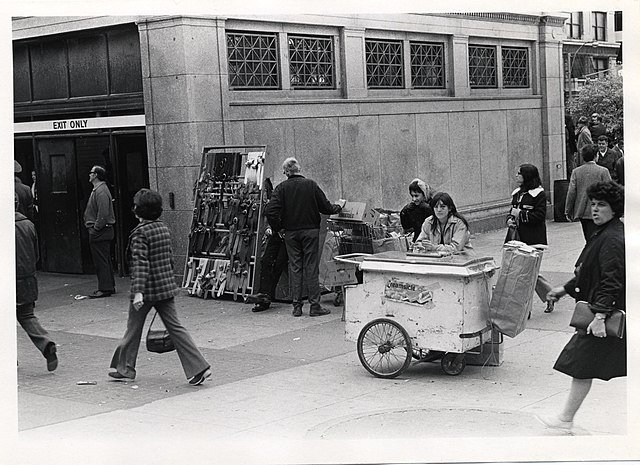
60.2
Issue 2 of our anniversary volume features an introductory essay by managing editors Richardson Dilworth (Drexel University) and Mara Sidney (Rutgers University-Newark). We revisit Michael Lipsky’s “Street-Level Bureaucracy and the Analysis of Urban Reform” published in Urban Affairs Quarterly in 1971.
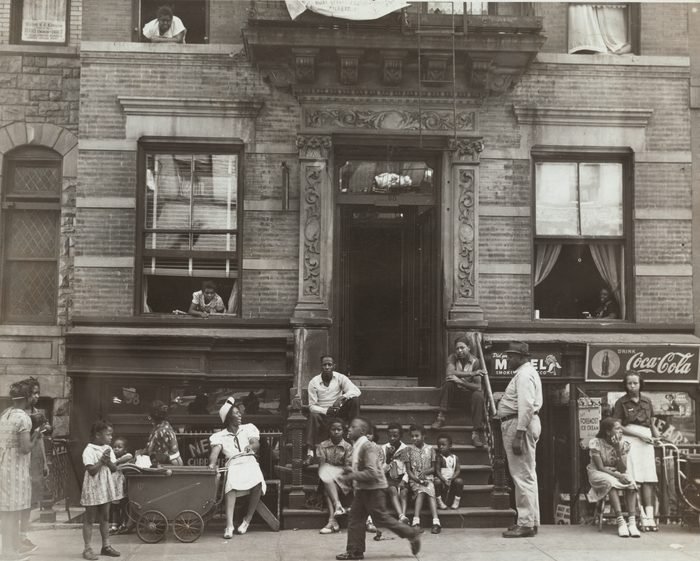

“Defund” or “Refund” the Police?
In June of 2020, like many of you, we watched as George Floyd died at the hands of the Minneapolis police officer Derek Chauvin. We also watched as countless residents of cities took to the streets to protest this injustice. At the same time, the coronavirus pandemic meant that most city council meetings were being held via Zoom. In meeting after meeting, we observed calls to defund the police or move funds to other departments. While popular media reported that most departments did not defund their police budgets, the narrative and the rhetoric persisted. We wondered: to what extent might local governments have reduced their police budgets in the aftermath of the protests?

Innovating Methodologies for Examining Gentrification-Induced Social and Cultural Displacement
Community stakeholders have sought to mitigate the impacts of gentrification, particularly among communities of color. Community-engaged, action-oriented research holds promise for developing interventions. Specifically, this research approach helps to center the voices of those most impacted and ensures community-informed solutions. In the same vein, the complex impacts of gentrification on space and place call for innovative research that highlights these dynamics. Such innovative research has the potential to further inform community and policy level interventions.

“I Can’t Vote if I Don’t Leave My Apartment”
Black women are more likely to be victims of violence than any other group. As a result, research has consistently shown that Black women who experience violence encounter a number of negative outcomes (in physiological health, incarceration, happiness, educational, psycho-emotional wellness, and even the economic), in their present and futures. As a student of politics, I wanted to understand whether firsthand experiences of violence impact the politics and political identity development of Black women. Since research has found Black women living in poverty to be the more vulnerable to violence, I focus on my analysis on adult Black women who live under the poverty-line in Chicago public housing, and have firsthand experiences with residential violence

Officer-Involved Killings and the Repression of Protest
It is clear from the news, and perhaps even from personal experience, that many citizens are mobilizing to express outrage and demand justice in the wake of officer-involved killings. However, despite the fact that officer-involved killings are the focus of such an important social movement, very little work attempts to explain the circumstances that lead the public to protest the deaths of particular victims.

Understanding the Adoption and Implementation of Body-Worn Cameras among U.S. Local Police Departments
Police use of deadly force against racial minority residents is a major concern of U.S. policing. The several high-profile police-involved deaths of racial minority residents, such as the death of Michael Brown in Ferguson and the death of Eric Garner in New York City, along with the acquittal of police officers involved in those incidents, led to minority residents’ riots and looting in protest of police brutality. These incidents and the resulting public outcry brought major national debate on officers’ discriminatory treatment toward Black people and pressured the governments to devise a way to control officers’ discretionary decision to use of deadly force.

Fear of the Unknown
A study conducted by park and recreation researchers at the universities of Arizona, Utah, North Carolina State and Clemson on the effects of neighborhood stigma on greenway use recently found that when greenways are located in neighborhoods occupied by residents of color, stigma may lead to avoidance, discrimination, and exclusion.